According to a survey by the Physicians Foundation, doctors work an average of 51 hours a week and see about 20 patients a day. That means there’s not a lot of time to spend with each individual, which makes the communication between patient and physician all the more important.
Treating a patient goes beyond just treating an ailment. Studies have shown that doctors with good patient communication skills have a positive impact on a patient’s mental health, compliance, and overall satisfaction. In addition, having a greater understanding of your patients can lead to a reduction in miscommunication and even improved job satisfaction.
So while time may be short, it’s important that you focus on effective patient communication. The six tips below will get you started.
1. Never appear rushed
Yes, you’re busy, but patients don’t have to know that. They want to feel like they’re the only patient you’re seeing that day.
In fact, if you act rushed and dismissive, it will damage the positive lines of communication you’ve worked hard to build. Refrain from looking at your watch or your phone, don’t stand near the door ready to go, and always focus your attention on the patient. Don’t be preoccupied with what’s happening outside of the exam room.
2. Don’t omit pleasantries
It sounds fairly basic, but entering the room with a smile, calling the patient by name, and sitting down so you’re at eye level with them can go a long way toward relaxing them and fostering open communication.
Research proves that patients who report good communication with their doctors are “more likely to be satisfied with their care, and more likely to share pertinent information for accurate diagnosis of their problems, follow advice, and adhere to the prescribed treatment.” All that can start if you take a genuine interest in each and every patient and engage in simple pleasantries.
3. Listen without interrupting
According to the Journal of General Internal Medicine, patients on average have 11 seconds to explain the reasons for their visit before physicians interrupt. However, if the doctor lets them speak longer, they will tell you what brought them into the doctor’s office.
So while you might have a natural tendency to lead the conversation and ask immediate follow-up questions up front, take the time to actively listen to your patients without interrupting. This can actually lead to more comprehensive answers.
4. Empower your patients
Some patients are intimidated by physicians and feel the power is entirely in their hands, so in order to foster better communication, give your patients a greater sense of participation in their care. For example, clearly explain all the options available to them so that they can be involved in their care plan. In addition, make sure they know that they can ask questions and that the lines of communication are open.
5. Provide more information
Knowledge is power, and patients want to have their situation explained in greater detail or find out more about making a lifestyle change. Providing more information to your patients is another way to empower them, all while improving your communication.
One way to do this is to share educational materials with patients during an office visit. Have a variety of handouts on hand for common conditions — like hypertension or diabetes — and instruct staff to distribute these materials to the patient to read while they wait for you in the exam room. When you see them, give them the opportunity to ask any questions they may have after reviewing the material.
Another option is to create a patient education library — filled with handouts, books, and videotapes — in a separate room that patients can explore. This signals to patients that you’re dedicated to educating them about their health and will create an opportunity for better focused conversation during the visit.
6. Use online forms
Technology can help with effective patient communication. Jotform has a variety of forms and surveys available for medical practices. By gathering valuable data and insights, you’ll be better able to communicate with your patients. Some examples of these forms include
- Feedback forms. These help you gather information about your practice, build a better work environment, increase the efficiency of your practice, and provide a more valuable service to your patients by taking their feedback into consideration.
- Patient satisfaction surveys. These surveys ask for a specific type of feedback and serve as a way for your practice to find out what areas need improvement and where you excel.

Jotform offers HIPAA-friendly online forms through its Gold and Enterprise plans, so that your practice can ensure the information you gather is secure. Patients can schedule appointments online, pay their bills, sign consent forms, and send important documentation or images.
Form data is automatically encrypted, guaranteeing the privacy of your patients’ health information. In addition, your business will be protected with a business associate agreement (BAA) from Jotform.
Taking the next steps
Patients will remember how you made them feel and how you communicated with them, so even if time feels shorter than ever, it’s critical that you make the most of the time you have with each patient.
Take a look at your communication style and make sure that you’re adjusting it based on the needs of your patients. By including them in their care and opening up the lines of communication, you’ll most likely find increased patient satisfaction, compliance, and retention rates — not to mention a renewed sense of satisfaction in your own work.
























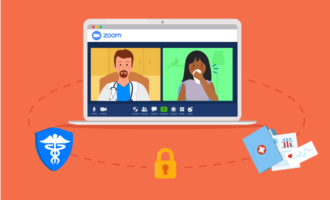
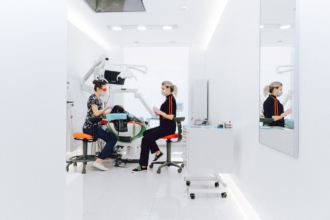







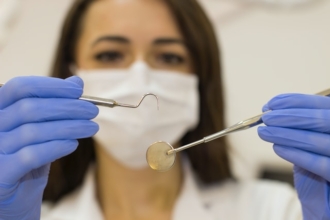














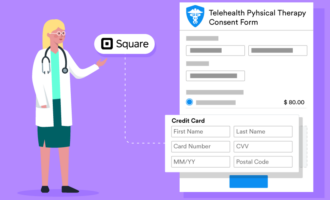


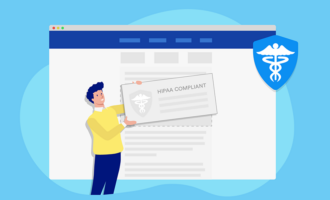


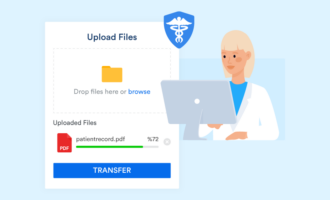




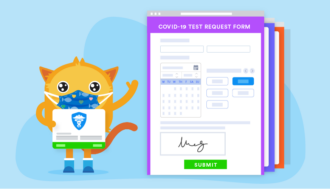
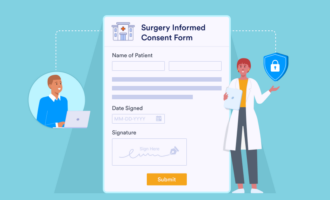

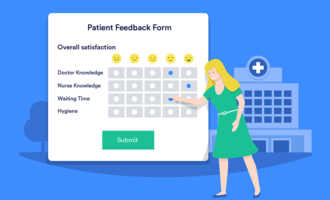



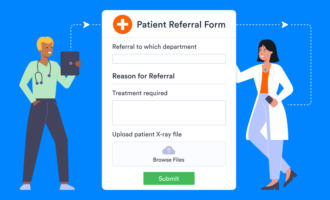





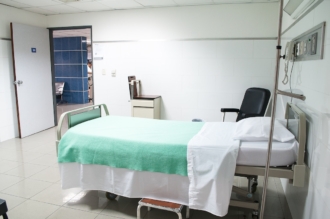

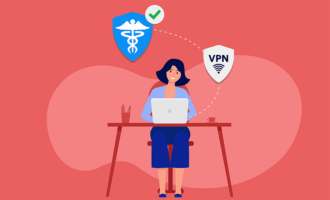
















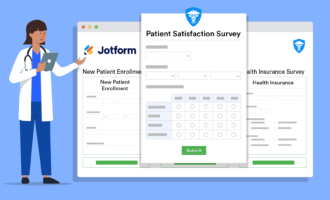
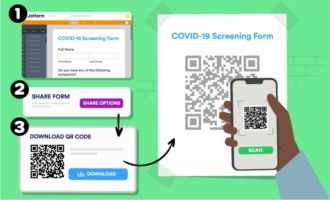








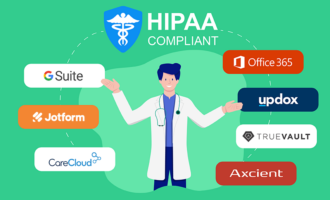

Send Comment: